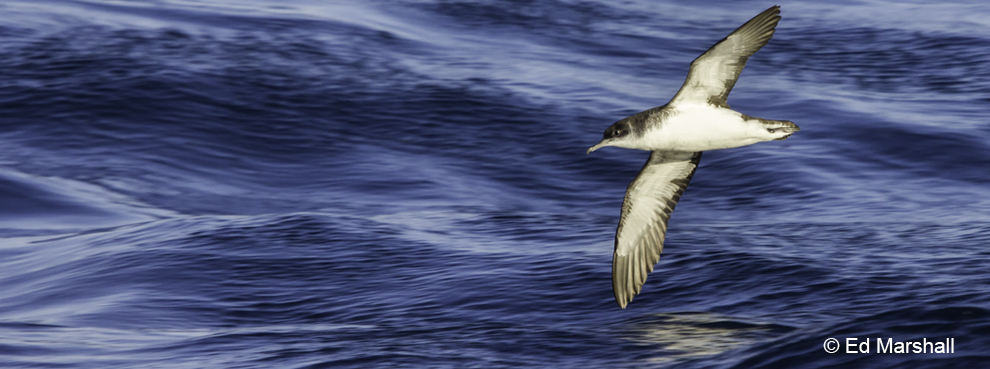
Media release
Rare seabird chicks seen for first time in living memory on St Agnes and Gugh
Manx shearwater chicks have been seen outside their nest burrows for the first time in living memory on St Agnes and Gugh in the Isles of Scilly following the first year of a project to remove rats.
Although Manx shearwaters have bred on these two islands for decades, eggs and chicks were always eaten by rats while they were still in their burrows. But last winter the islands’ rats were removed and conservationists are now celebrating the first sightings of healthy youngsters.
So far 10 chicks have been recorded by project staff, volunteers and trail cameras. By this time of year the adult shearwaters have already left the chicks to migrate to South America for winter. These chicks, left in a healthy condition by their parents, are now coming outside their burrows at night-time to stretch their wings and to ‘stargaze’. Just by looking at the stars they learn the location of their natal colony so they know exactly where to come back to.
Once they leave the islands they will live out at sea, moving to the southern hemisphere where they winter off the coast of Brazil. Potentially living up to 55 years, they make these long migrations each year.
RSPB Project Manager, Jaclyn Pearson said: “We are absolutely delighted to announce this news. It is down to the help of everyone involved in the project so far, particularly the community living on the islands who continue to keep these islands rat –free. This is an official status we hope to achieve by early 2016. But in the meantime with these 10 Manx shearwater chicks, the project is having exactly the effect we hoped for. We would also thank our funders LIFE, and the Heritage Lottery Fund for making this work possible.
“‘We need everyone’s help who visits St Agnes and Gugh to help us to ensure biosecurity measures. Over the next couple of months we have activities to discourage and remove food sources from any potential rats. There will be beach cleans, bin days and an ‘Apple Day’ where we will remove and juice wind fallen apples. Please do come and get involved if you are visiting the islands.” She added.
Isles of Scilly Seabird Ecologist Vickie Heaney said: “For so many years now I've been returning to the burrows looking for evidence of chicks fledging, only to find old cobwebs over the entrances and no signs of life. So it’s been really brilliant this year for myself, project staff and volunteers to see live chicks stargazing. With their remnants of fluff, they looked fit and healthy; ready for their awe-inspiring migration.”
David Appleton, adviser for the Isles of Scilly Seabird Recovery Project’ for Natural England, said: “This is excellent news - it’s early stages but we are very hopeful about the bird’s recovery on St Agnes and Gugh. We’ll know more when they return to breed in 2 to 4 years. In the meantime, everyone is working hard to keep rats off the islands and we’re asking residents and visitors to report any rat sightings to the hotline number and to thoroughly check for “stowaways” on transport to the islands.
If people think they see rats on either St Agnes or Gugh they are asked to call the project ‘Rat on a rat’ hot-line on 01720 422153. The project team and islanders will then inspect the area and set up surveillance and incursion response measures.
This is a partnership project between RSPB, Isles of Scilly Wildlife Trust, Isles of Scilly Area of Outstanding Natural Beauty, Natural England and Duchy of Cornwall. The project is funded by LIFE, the EU’s programme for financing key environmental schemes across the continent and a £269,100 grant from the Heritage Lottery Fund.
Ends
For further information and to arrange an interview, please contact:
Tony Whitehead, RSPB Press Officer, 01392 453754, 07872 414365
Notes
- Full details of the IOSSRP project can be found at http://www.ios-seabirds.org.uk/
















